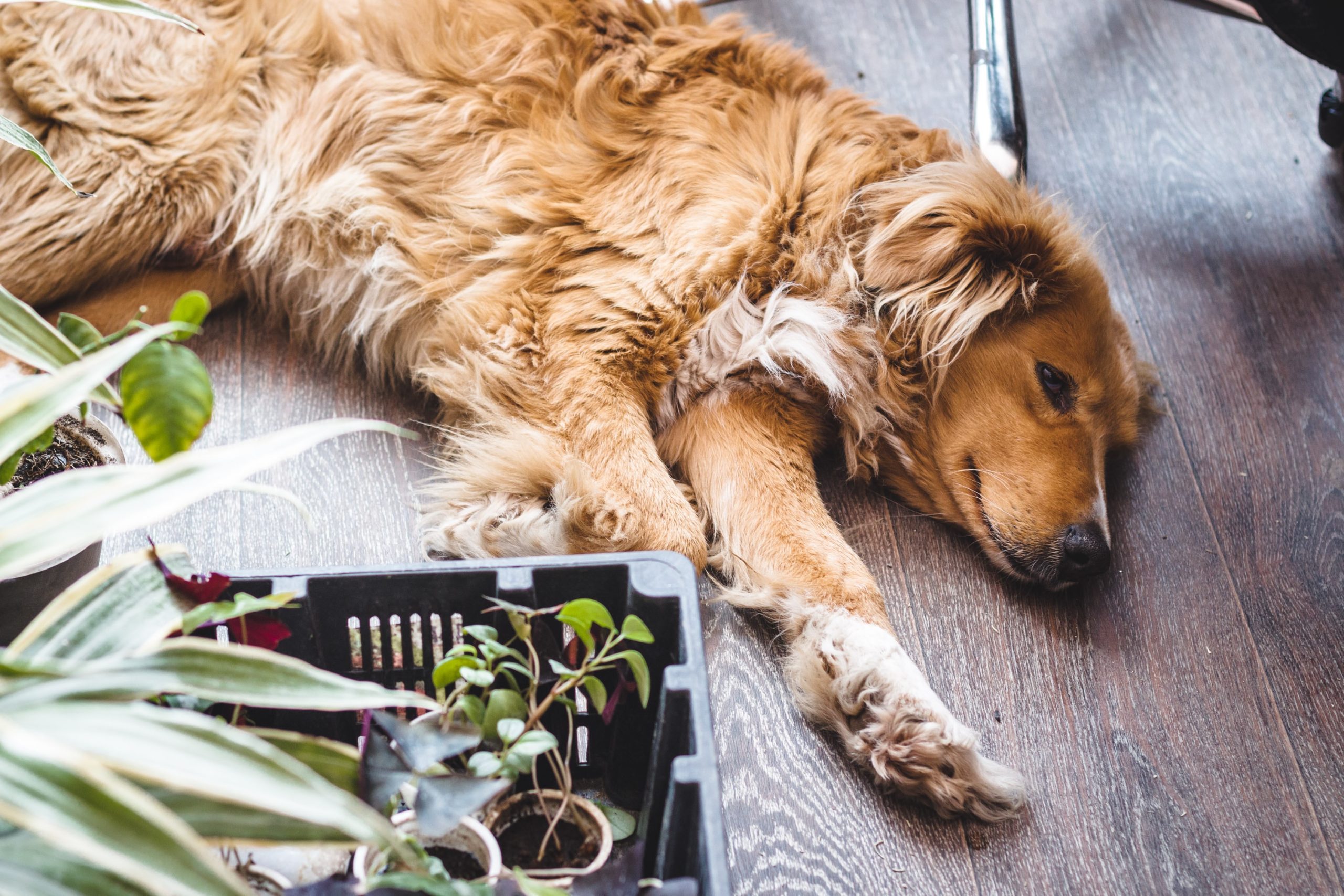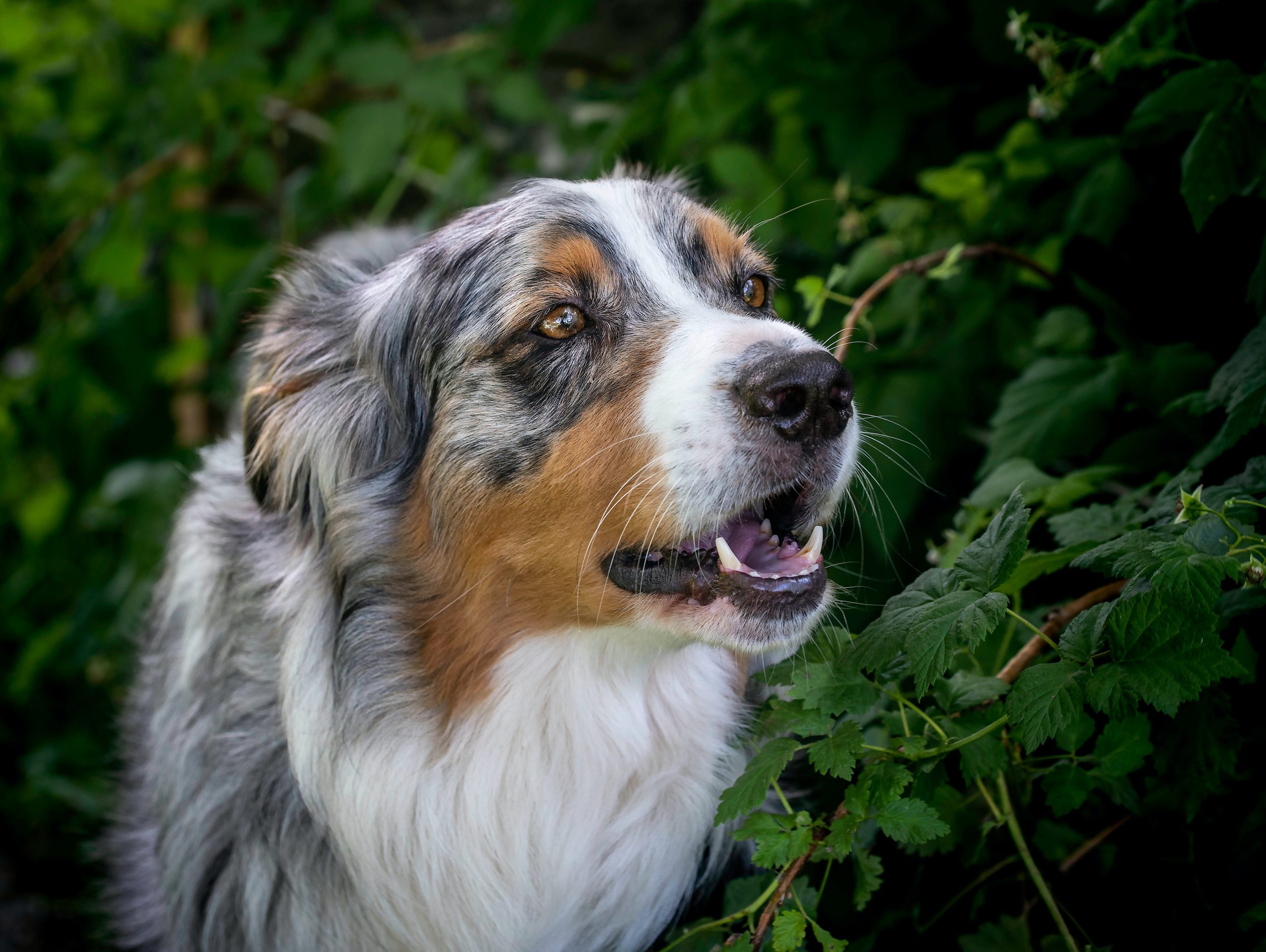Embracing Non-Toxic Plants for Wildlife, Pets, and Kids
Discover the importance of non-toxic plants for supporting local wildlife, creating a pet-safe garden, and providing child-safe play spaces, as well as native alternatives to common non-native landscape plants.
Importance of Non-Toxic Plants for Supporting Local Wildlife
In addition to providing habitat and food sources for native birds and butterflies, non-toxic plants play a critical role in supporting the overall biodiversity of local ecosystems. These plants, such as Arizona rosewood, velvet mesquite, and Gooding’s verbena, are not only visually appealing but also serve as essential components of the ecosystem, attracting and sustaining native wildlife. The presence of these non-toxic plants helps maintain a healthy balance in the local environment, ensuring that the natural interactions between plants, animals, and insects continue to thrive.
Furthermore, the incorporation of non-toxic plants in gardens and landscapes supports the preservation of native species, as opposed to the overuse of non-native plants by landscapers, which has led to a less diverse and less hospitable environment for local wildlife [1, 2]. By choosing non-toxic alternatives and native plants, individuals can actively contribute to the restoration and maintenance of natural habitats, ensuring that the local flora and fauna have the resources they need to thrive. For instance, the Arizona cypress, with its adaptability and habitat benefits, is a prime example of a non-toxic plant that significantly supports the well-being of local wildlife.
Creating a Pet-Safe Garden with Non-Toxic Plants
Creating a pet-safe garden with non-toxic plants is essential for the well-being and safety of our furry friends. While gardening can be a relaxing and fulfilling pastime, it’s important to be mindful of the potential hazards that some common garden plants can pose to animals. By incorporating specific pet-safe flowering plants such as magnolia, sunflower, coral bells, snapdragons, camellia, jasmine, marigolds, and petunias, along with non-toxic vegetable and fruit plants like carrots, broccoli, melon, celery, and winter and summer squash, pet owners can ensure a safe and welcoming environment for their beloved companions.
Moreover, in addition to selecting non-toxic plants, it is crucial to be vigilant when pets are outdoors. Keeping an eye on pets during walks or visits to gardens is essential to ensure they do not consume anything harmful. This proactive approach can prevent accidental ingestion of toxic plants and contribute to maintaining a pet-friendly garden space. The combination of careful plant selection and active supervision helps create a harmonious and safe outdoor environment for pets to explore and enjoy.
Child-Safe Non-Toxic Plants for Play Spaces
When creating play spaces for children, it’s crucial to consider non-toxic plants that provide a safe and enjoyable environment. Parents are often concerned about the potential hazards of toxic plants and seek alternatives that are safe for children to be around and interact with.
One example of a child-safe non-toxic plant suitable for play spaces is the spider plant (Chlorophytum comosum). This plant is known for its air-purifying qualities and is non-toxic to both humans and pets, making it an ideal choice for indoor play areas. Additionally, the Boston fern (Nephrolepis exaltata) is another child-friendly option that can be incorporated into outdoor play spaces, providing a lush and safe backdrop for children’s activities.
In order to ensure the safety of children, parents should conduct thorough research on the toxicity levels of plants before introducing them into play areas. This includes identifying any potential allergens or irritants that the plants may produce, as well as considering the possibility of accidental ingestion. By selecting non-toxic plants for play spaces, parents can create a secure and nurturing environment where children can freely explore and engage with nature.
Native Alternatives to Non-Native Landscape Plants
The importance of native alternatives to non-native landscape plants cannot be overstated. By opting for native plants, such as desert willow, bull grass, and Washingtonia palms, gardeners can actively contribute to the preservation of local ecosystems and the support of native wildlife [1, 2]. For instance, desert willow, a small native tree, comes in multiple colors and serves as habitat and food for native birds, making it an excellent alternative to non-native landscape plants. Additionally, bull grass, a showy, tall grass, is native and less invasive than fountain grass, making it an ideal choice for a sustainable garden that supports local wildlife.
Moreover, the incorporation of native alternatives to common non-native landscape plants offers numerous environmental benefits. These include the promotion of biodiversity, the restoration of natural habitats, and the reduction of the threat posed by invasive species [1, 2]. Arizona rosewood, for example, is a large flowering evergreen shrub that not only enhances the ecosystem but also attracts native birds and butterflies, making it a valuable native alternative to non-native landscape plants. By choosing these native alternatives, gardeners can play a significant role in maintaining the balance of local ecosystems and ensuring the resilience of the natural environment for future generations [1, 2].



